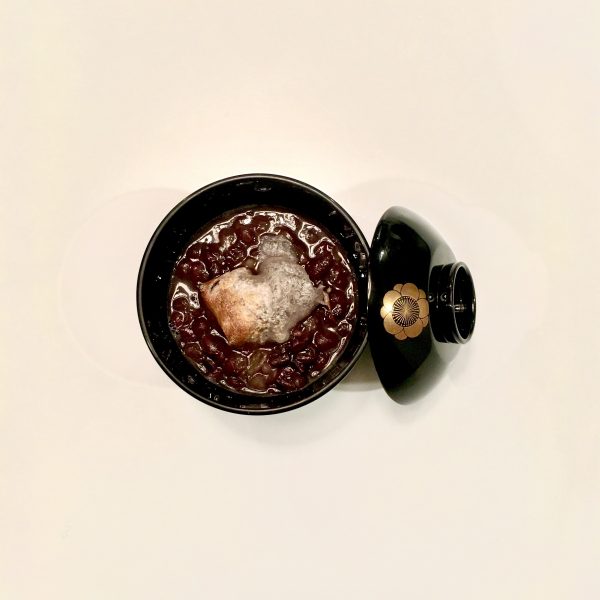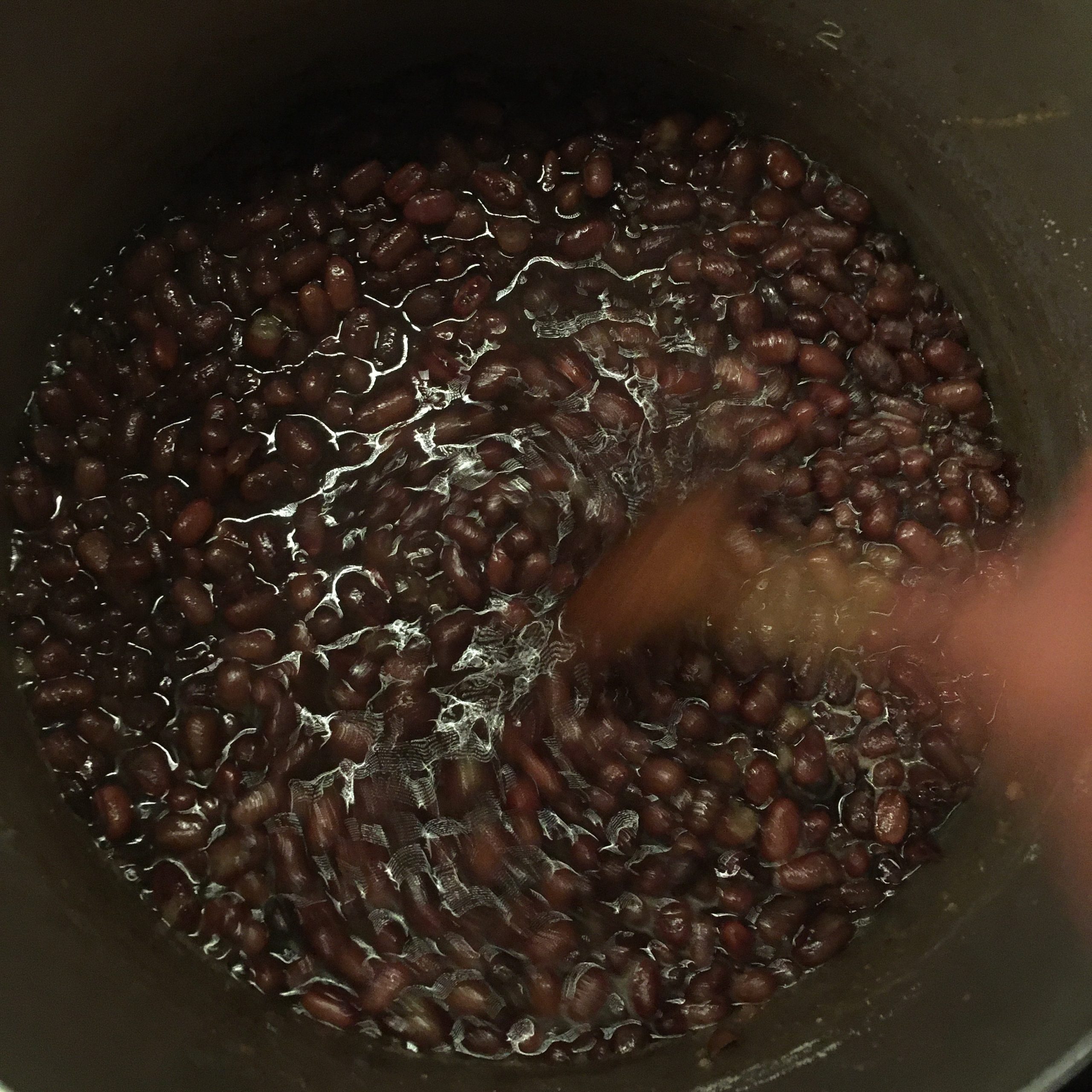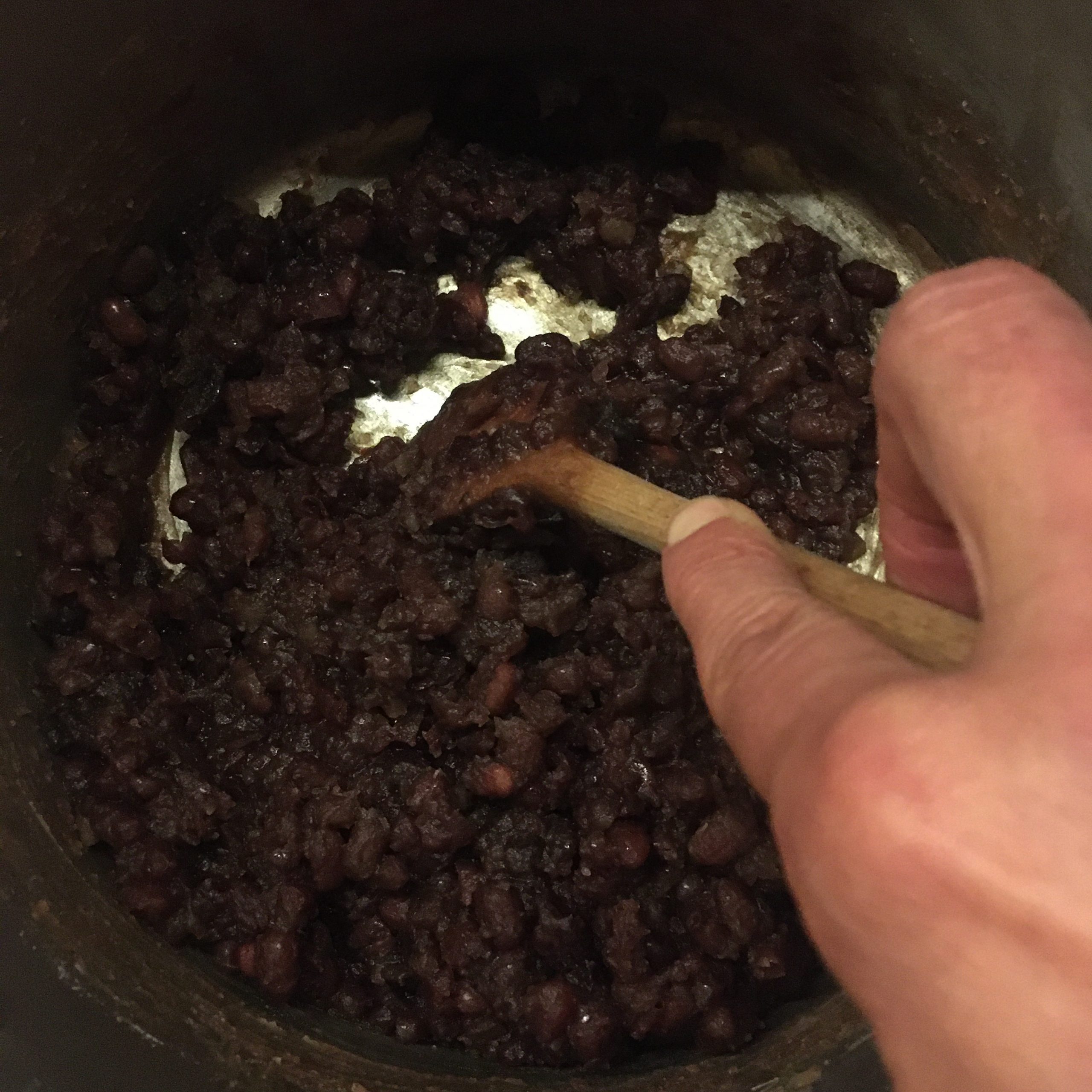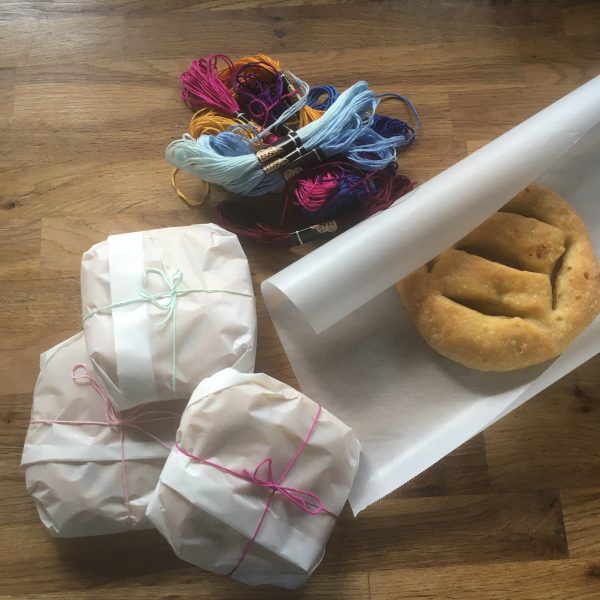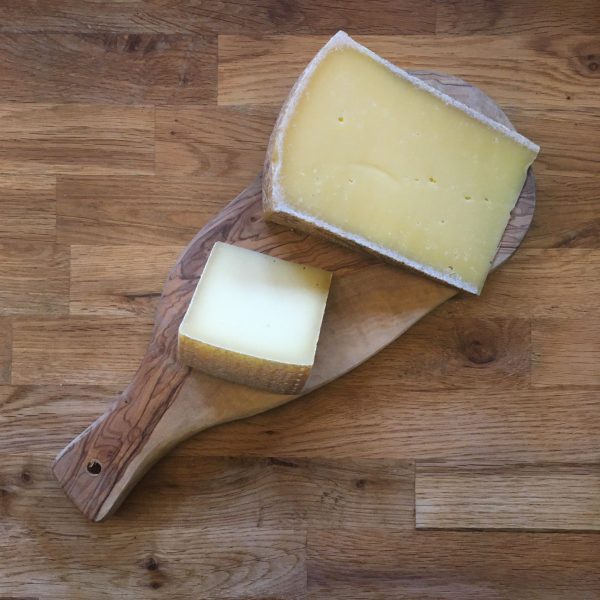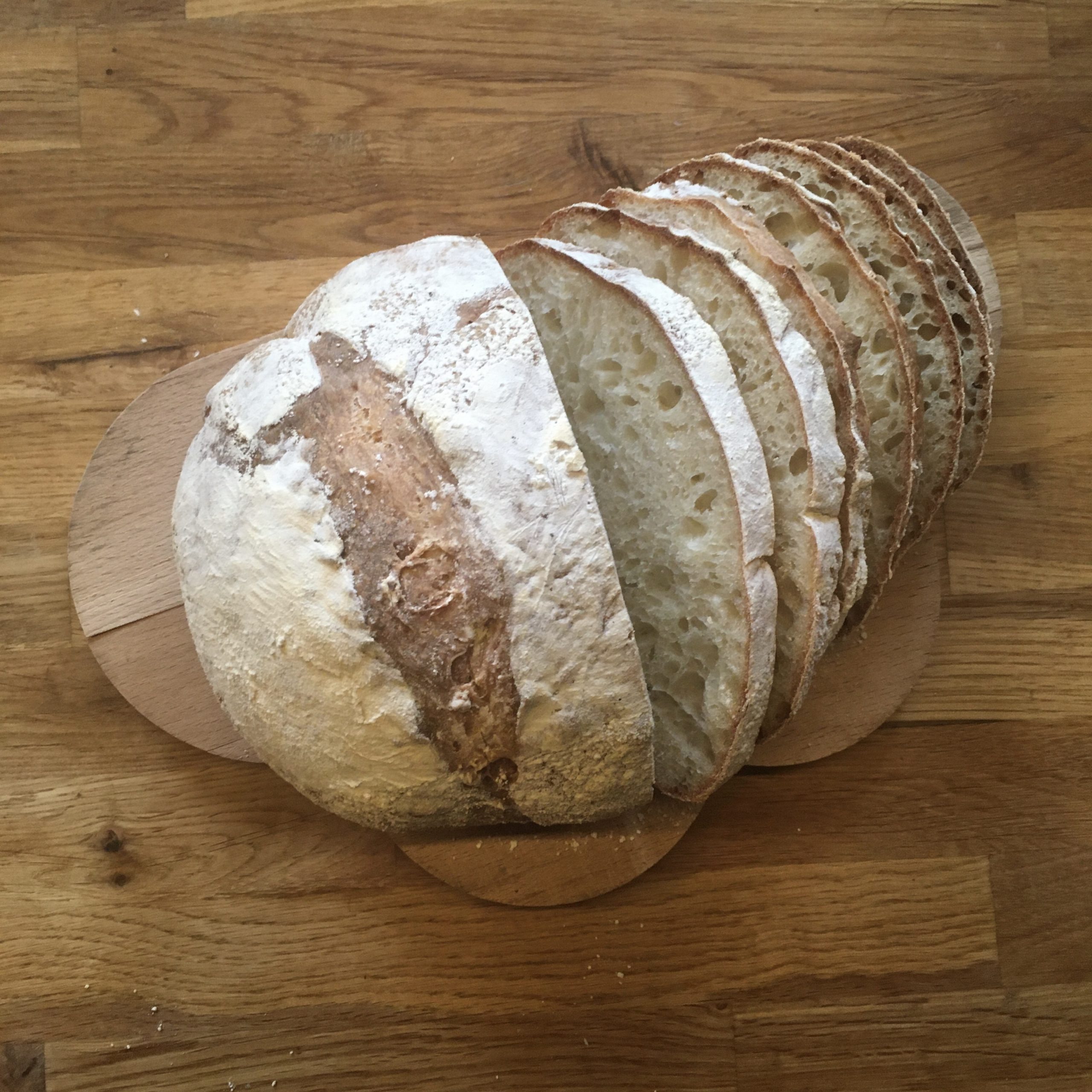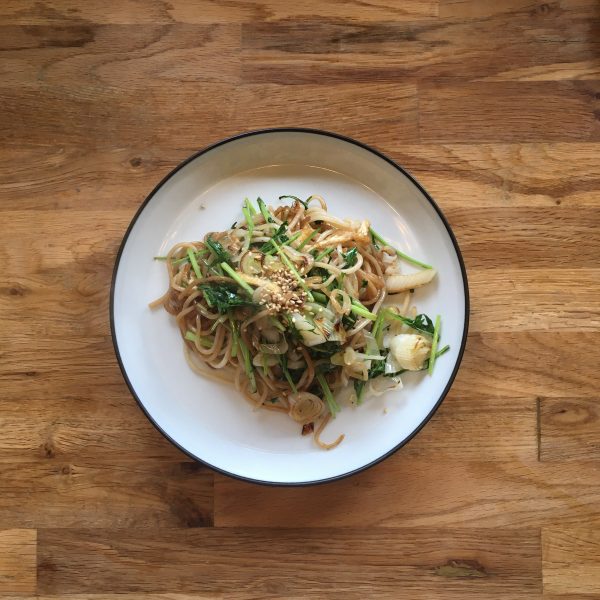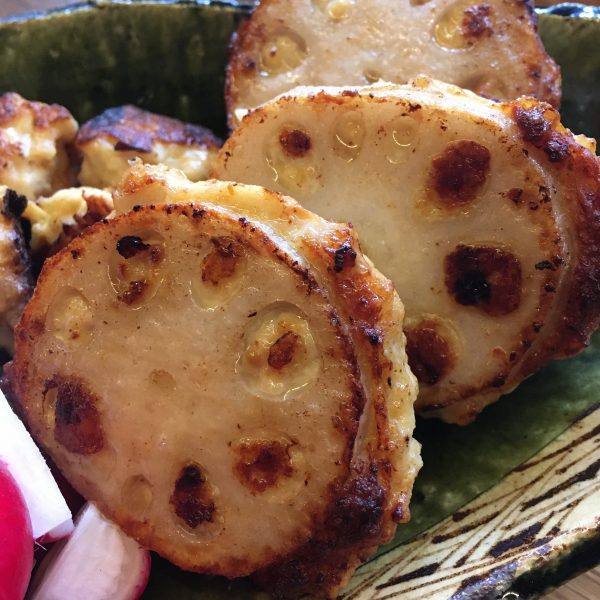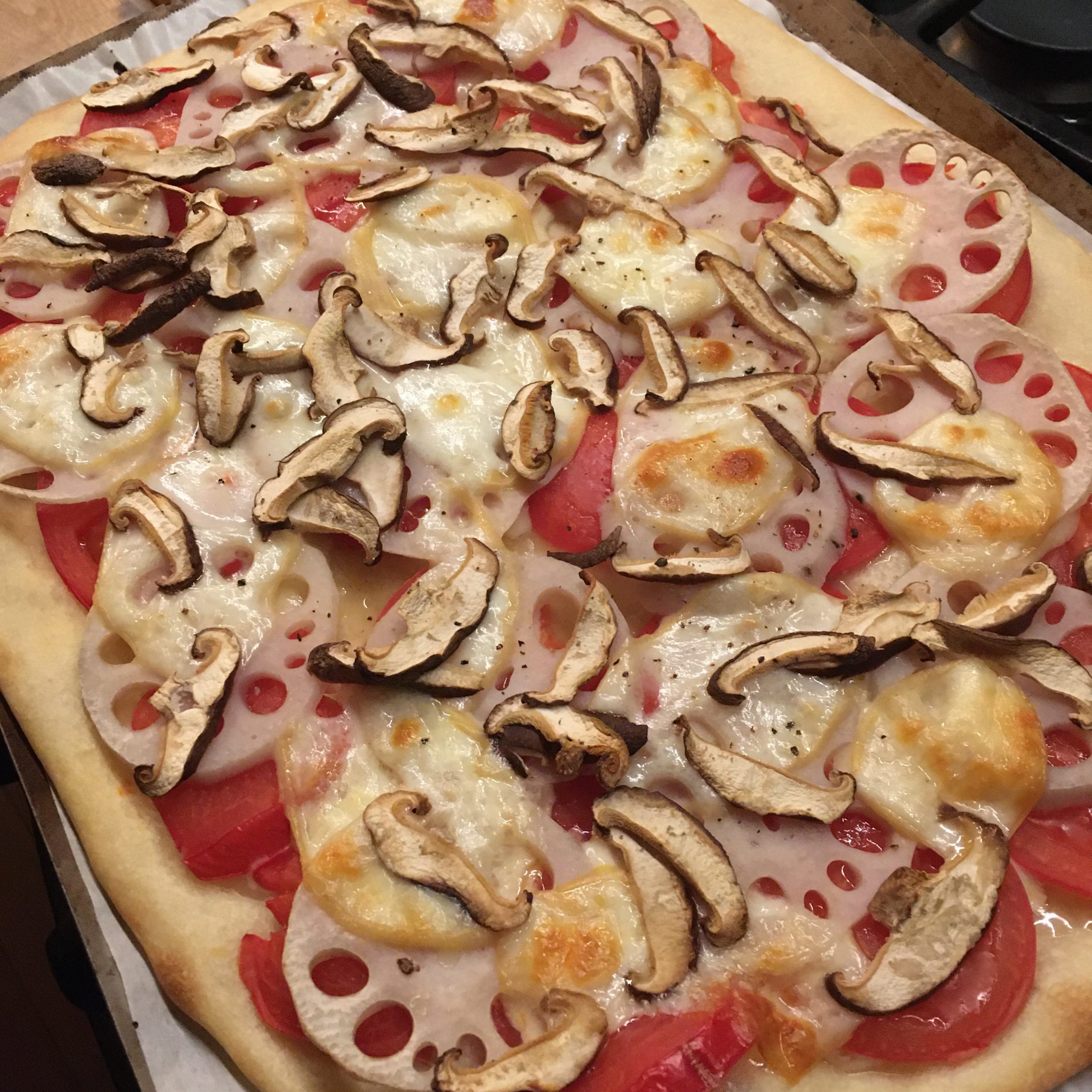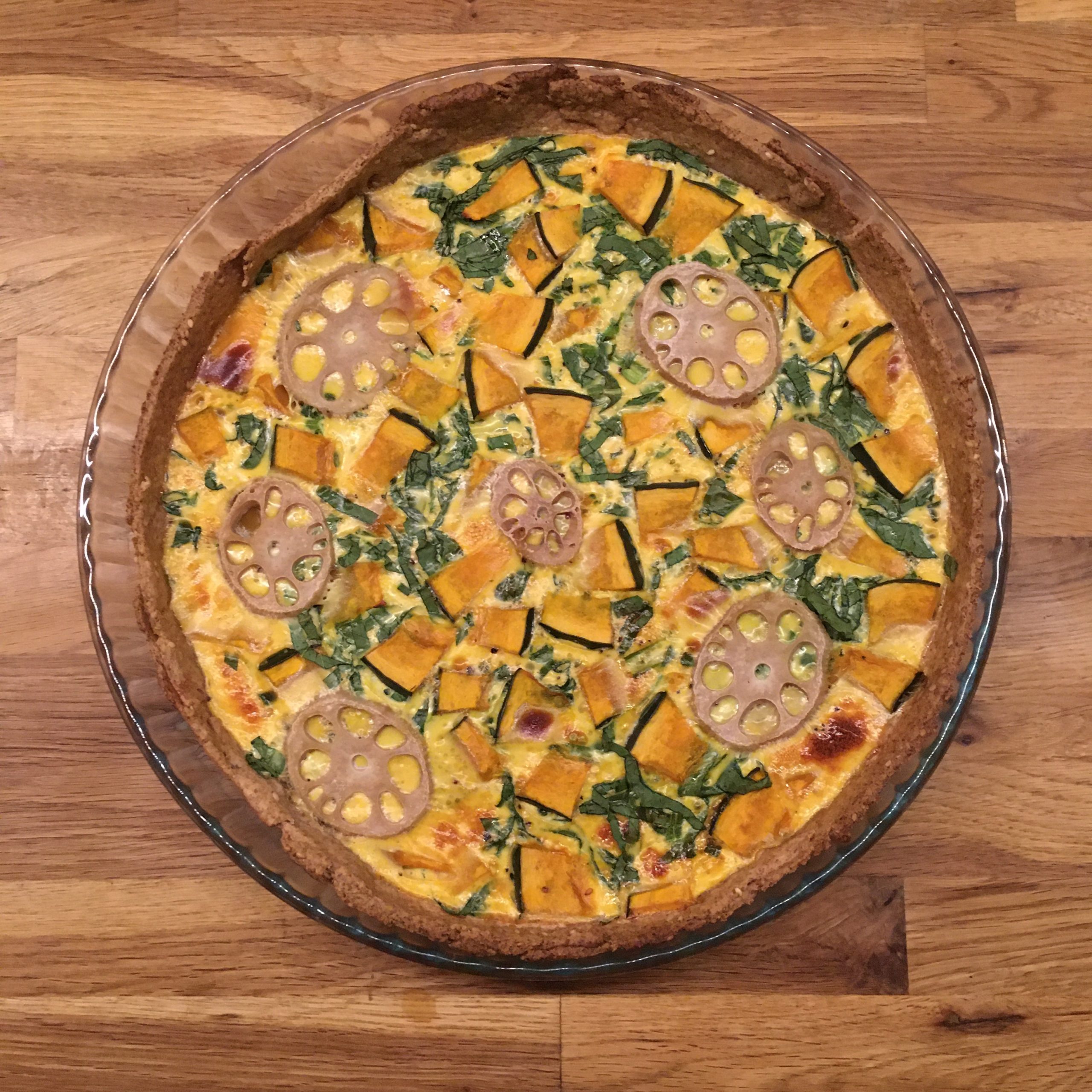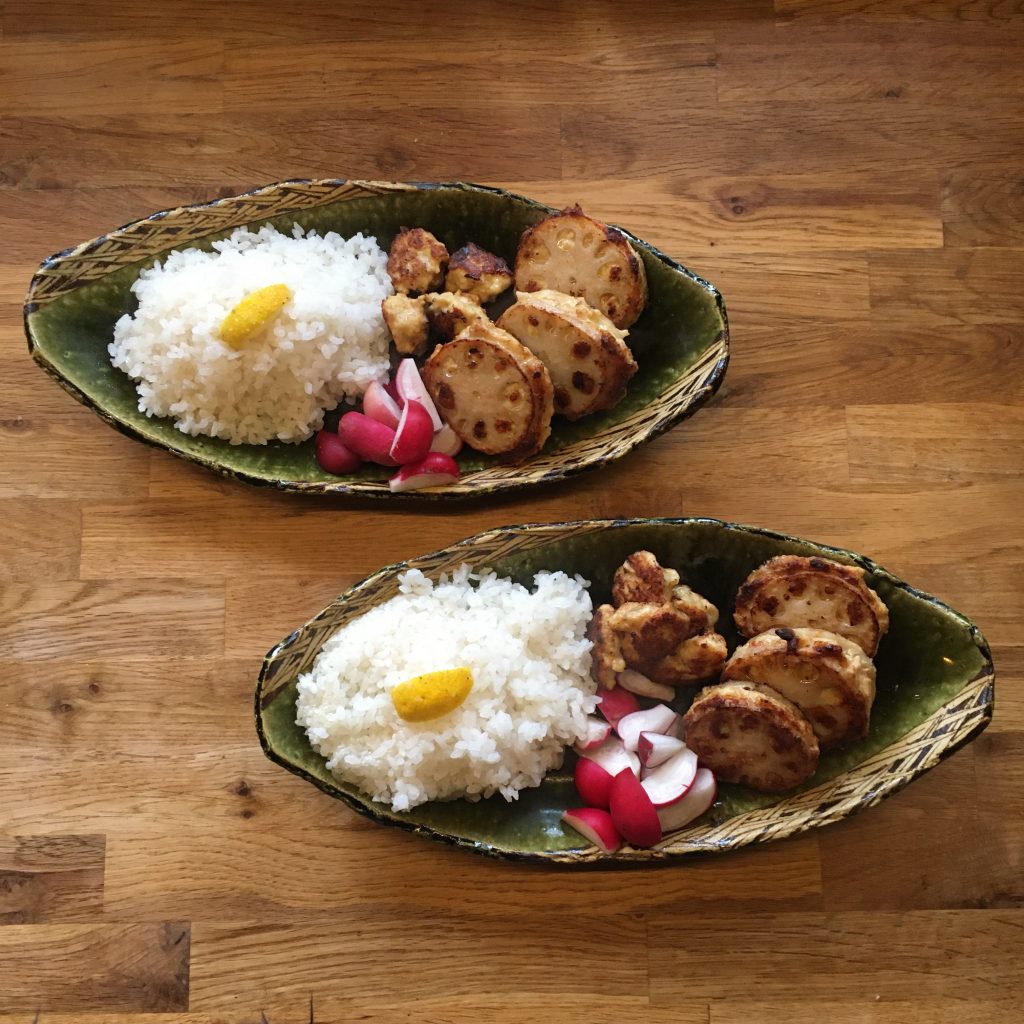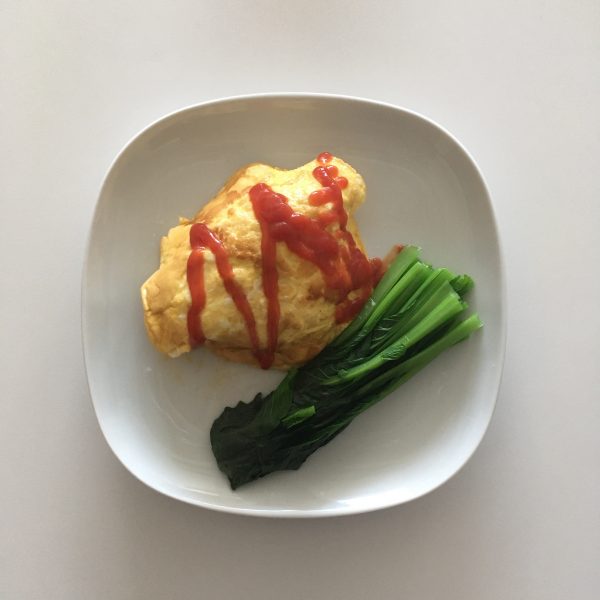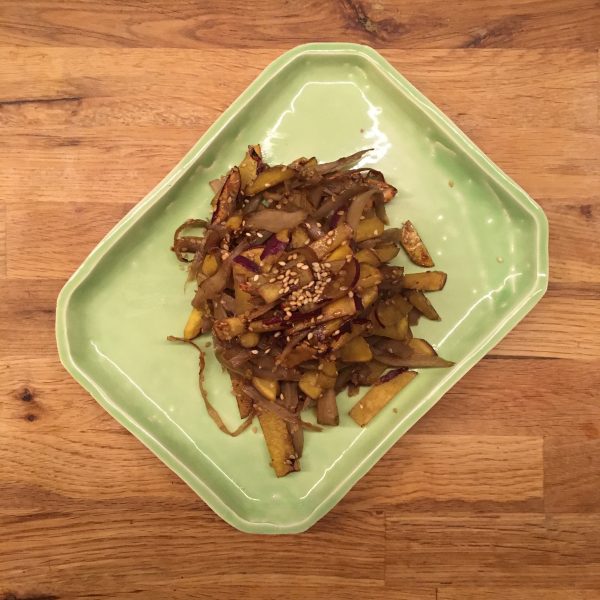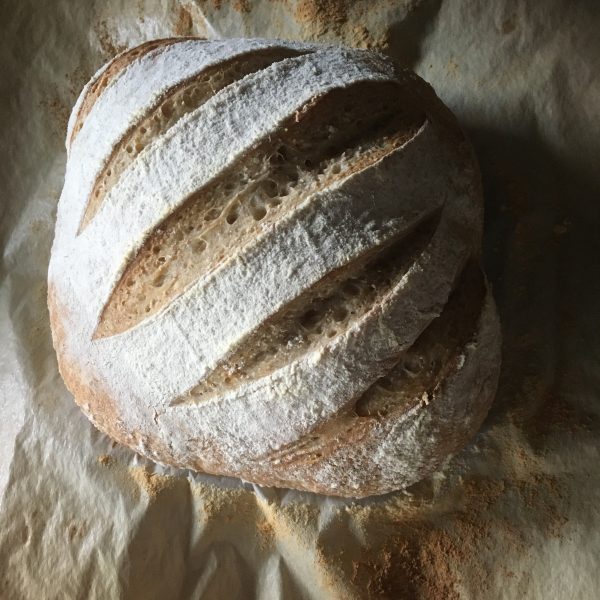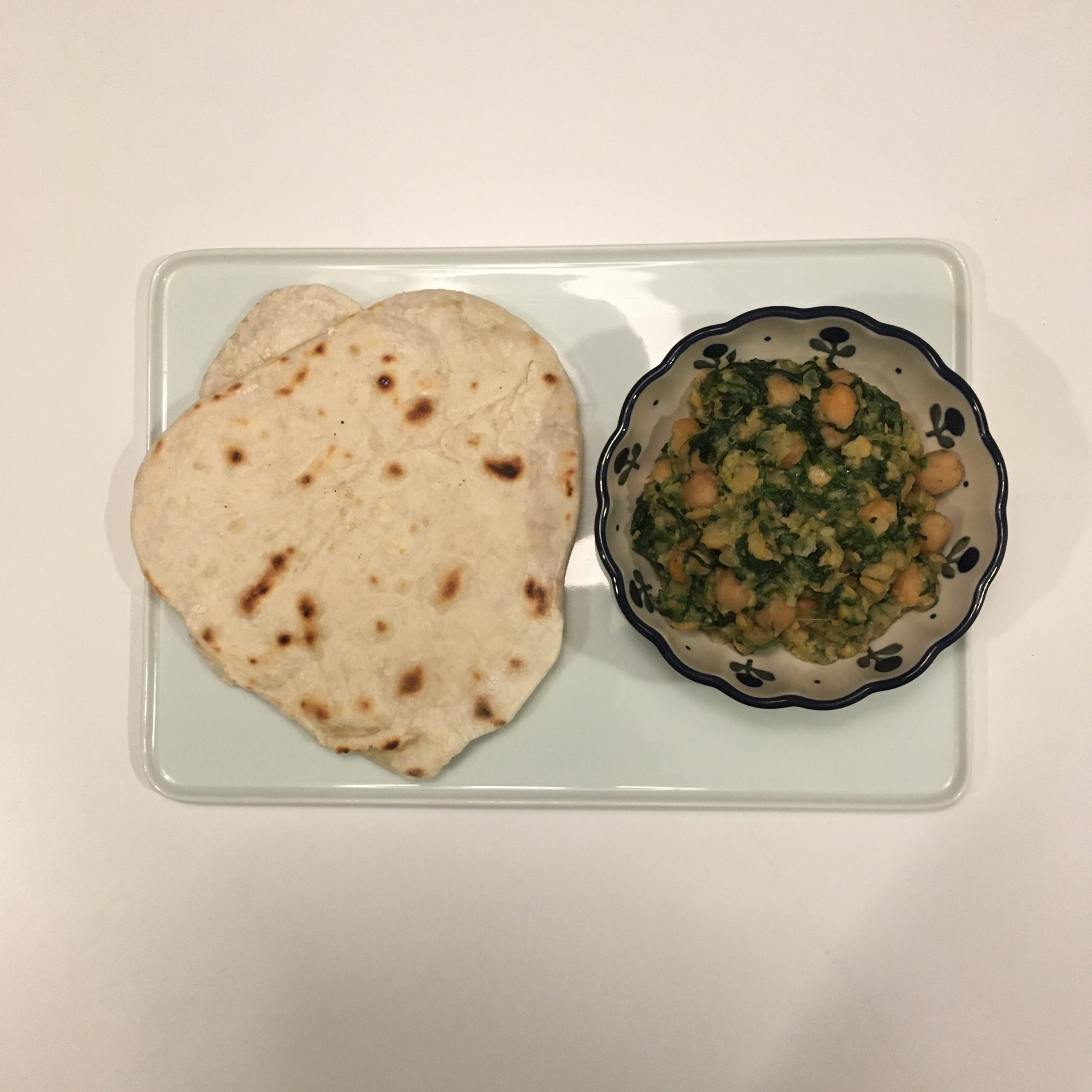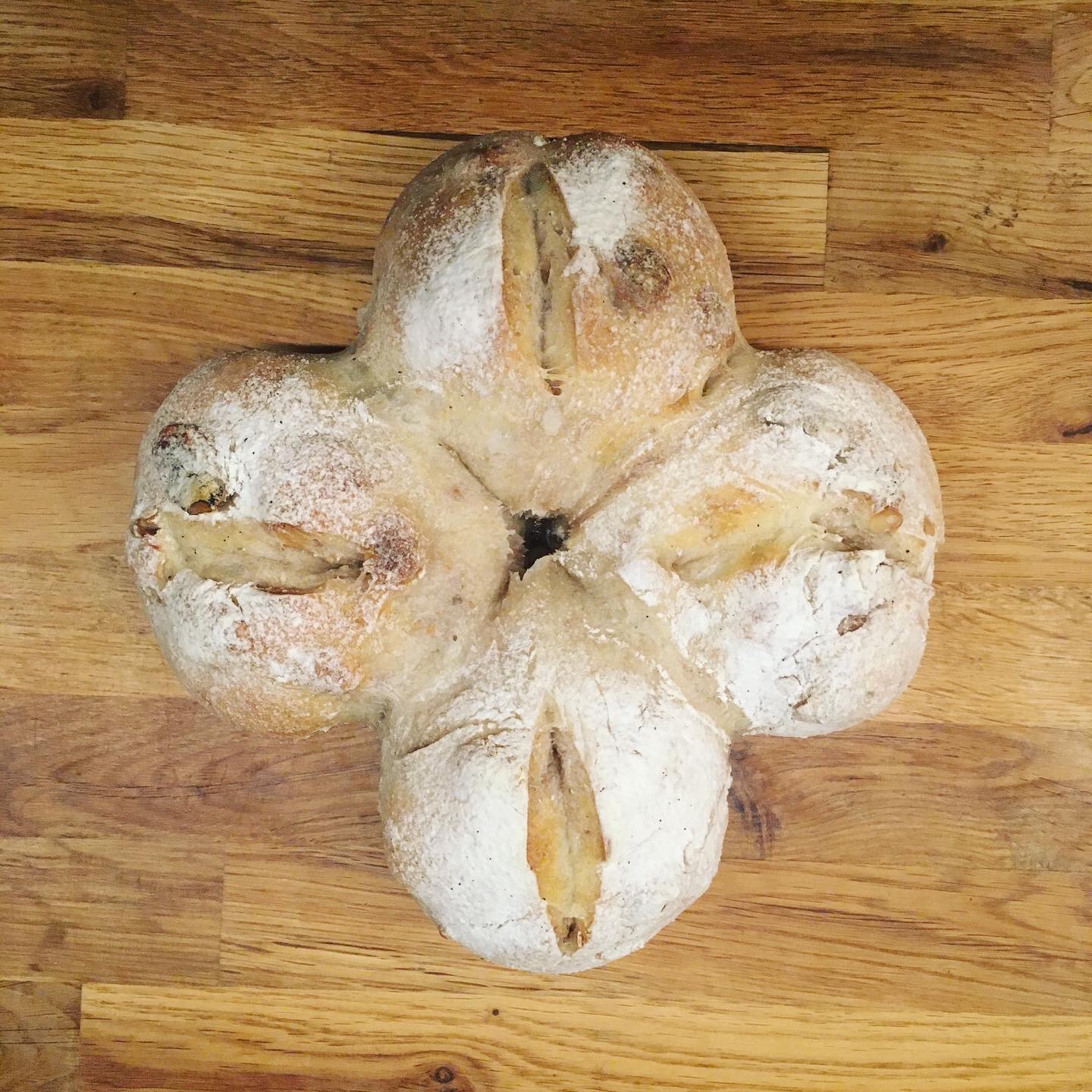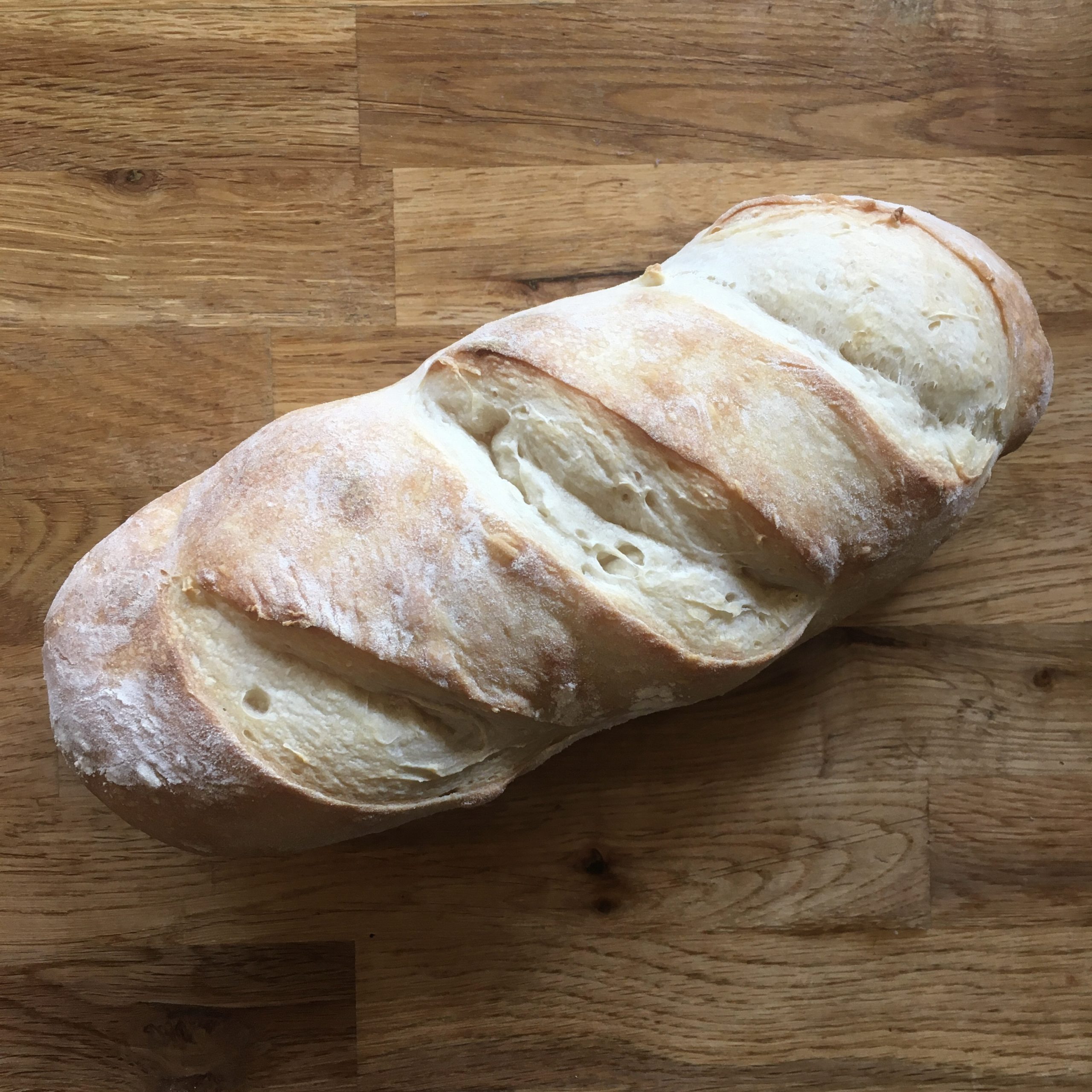One thing I have very rarely talked about here is adzuki – 小豆 literally small bean. They are present in many Japanese recipes and in most of the Japanese sweets. In fact beans are an important staple in Japanese cuisine: to name only a few the soya beans or daizu 大豆 literally big beans, the traditional jumbo black beans or kuromame 黒豆 for new year and of course the tiny adzuki!

These little beans are usually cooked with sugar and salt to make tsubuan 粒あん when the beans are kept almost whole, or anko あんこ when the beans are puréed into an homogenous paste. The paste of tsubuan and anko is then used in many preparations: yokan, dorayaki, daifuku, ohagi, kintsuba, oshiruko…
Today let me introduce the basic recipe for anko and tsubuan and of oshiruko お汁粉, one of the traditional new year “soup”. Even though adzuki are dried beans they cook in 1h only so they are surprisingly easy to use.
Anko and tsubuan (makes 500g which is a lot!)
- 200g of dry adzuki
- 200g of brown sugar
- Water
- A pinch of salt
Rince the beans and put them in a pan, cover with water, bring to a boil, then decrease the heat to keep a steady boiling for 5min. Then drain the beans and throw the water. Return the beans to the pan and cover with ample water and bring to a boil again. Cook at medium heat for 40min, until the beans are almost soft. Drain the beans, throw the water, return the beans to the pan, add the sugar and cook at low heat and stir gently until the remaining moisture is gone. Add a pinch of salt. For the tsubuan that’s it. For anko you need to purée to obtain a paste.
Oshiruko (1 serving)
- 50g of anko or tsubuan
- 15cl of water
- A small piece of semi-dry mochi to grill
In a pan heat the bean paste and the water to obtain a kind of thick soup. In the meantime grill the mochi. Serve the soup, add the mochi and enjoy!!! Beware that the soup, because of the sugar can be really hot.
